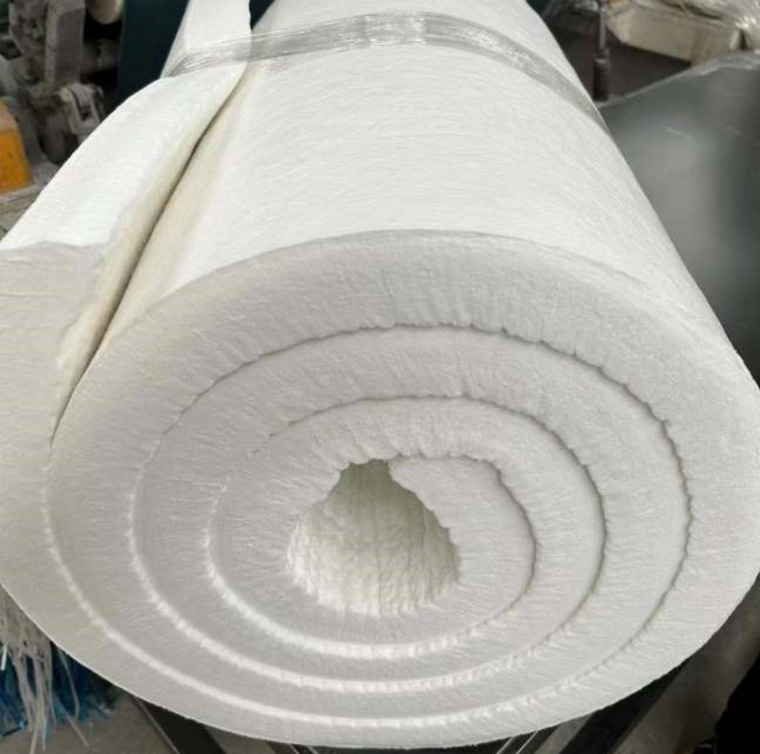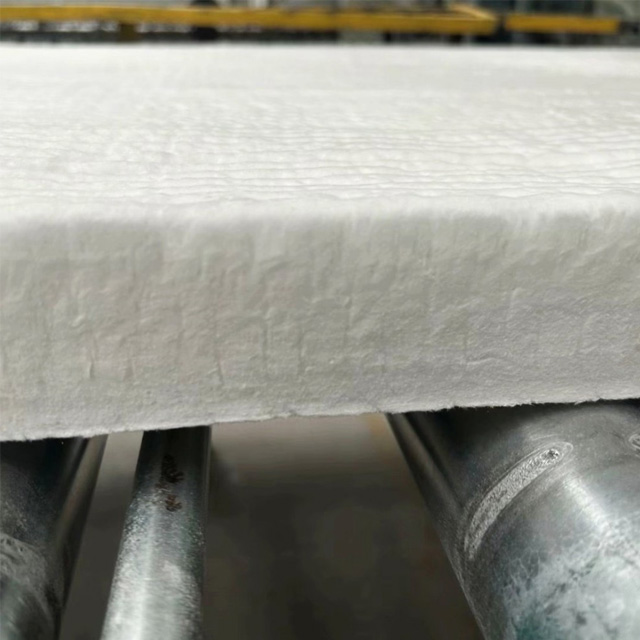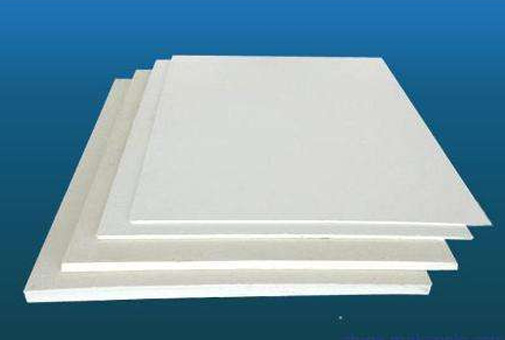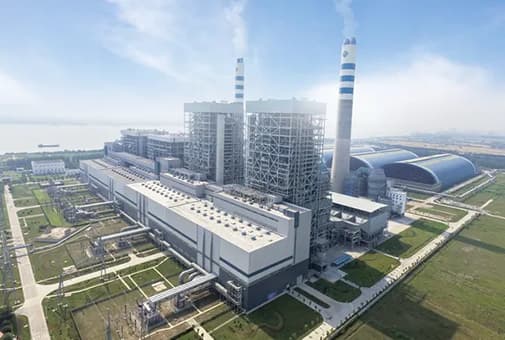In today’s energy-conscious industrial world, steel manufacturers are under growing pressure to reduce energy consumption, lower operating costs, and increase process efficiency. One of the most effective solutions lies in advanced thermal insulation. A prime example of this can be found in a recent upgrade at an Indian steel plant, where ceramic fiber blankets helped slash energy costs by 55% in their reheating furnace operations.

Reheating furnaces are critical in steel processing, used to bring billets or slabs to optimal rolling temperatures—often exceeding 1200°C (2192°F). However, these high-temperature environments often suffer from:
Excessive heat loss through furnace linings
Rising fuel costs
Decreased thermal efficiency
Increased downtime due to refractory damage
To overcome these issues, a leading Indian steel plant sought a durable, high-performance insulation material.
Rosewool Insulation Refractory Co., Ltd. supplied its high-quality 1260°C ceramic fiber blanket (128kg/m³ density) for use in the roof and sidewall insulation of the steel reheating furnace. The blanket was installed behind the working lining as a backup insulation layer, replacing outdated firebrick and calcium silicate insulation.
Key Features of the Product:
High temperature resistance up to 1260°C (2300°F)
Lightweight, reducing overall structural load
Low thermal conductivity
Excellent thermal shock resistance
Easy to install and maintain

Within weeks of implementation, the steel plant recorded the following improvements:
✅ 55% reduction in energy costs due to decreased heat loss
✅ Enhanced thermal uniformity inside the furnace
✅ Reduced fuel consumption
✅ Extended service life of the refractory system
✅ Decreased maintenance frequency and downtime
✅ Faster heat-up and cooldown times, improving production flexibility
These benefits not only improved operating margins but also aligned the plant’s operations with modern sustainability goals.


